It doesn’t get much better than the fall season in Texas. By now, the trout should have transitioned to their fall patterns, red fish can be easily spotted in the flats, and the flounder are “running”. For me, there is nothing more thrilling than feeling “the thump” of a flounder bit and joy I feel when I get to bring that tasty meal home to the family.
Texas Parks and Wildlife closely monitors southern flounder populations and even has a stock enhancement program that releases young flounder back into our bay systems. You can learn more about this program by taking a visit to Sea Center Texas and requesting a hatchery tour. For now, this video will have to do!







Recent Comments